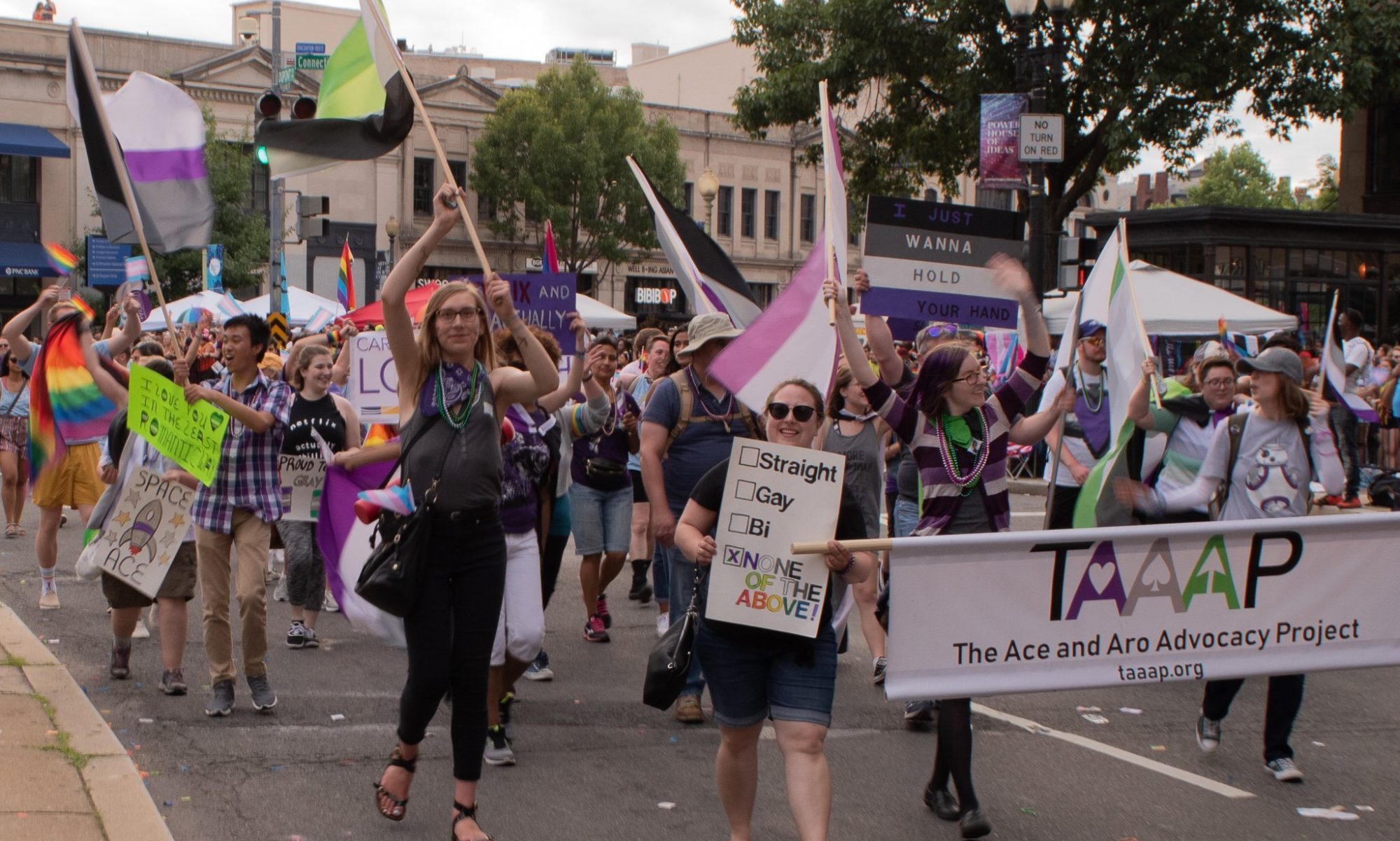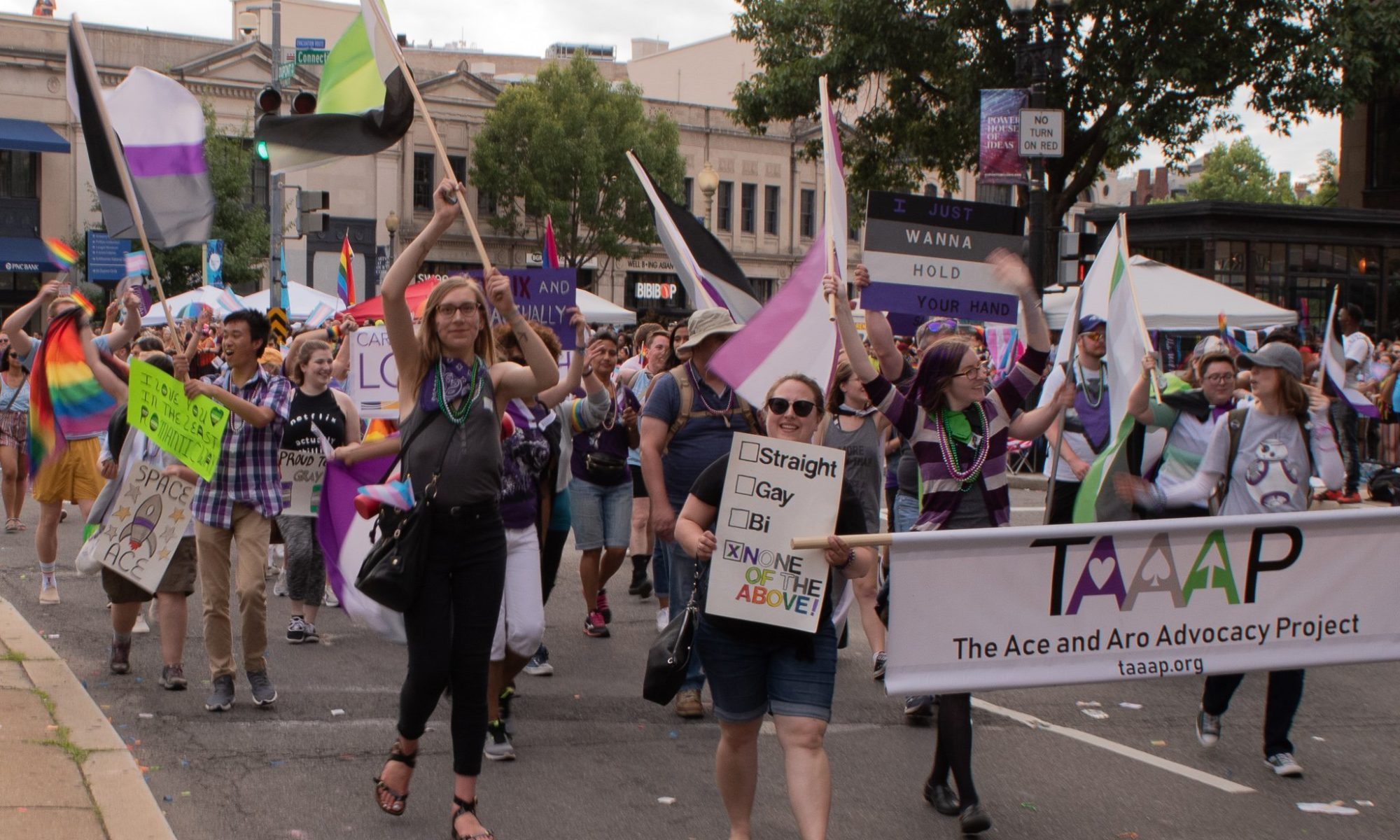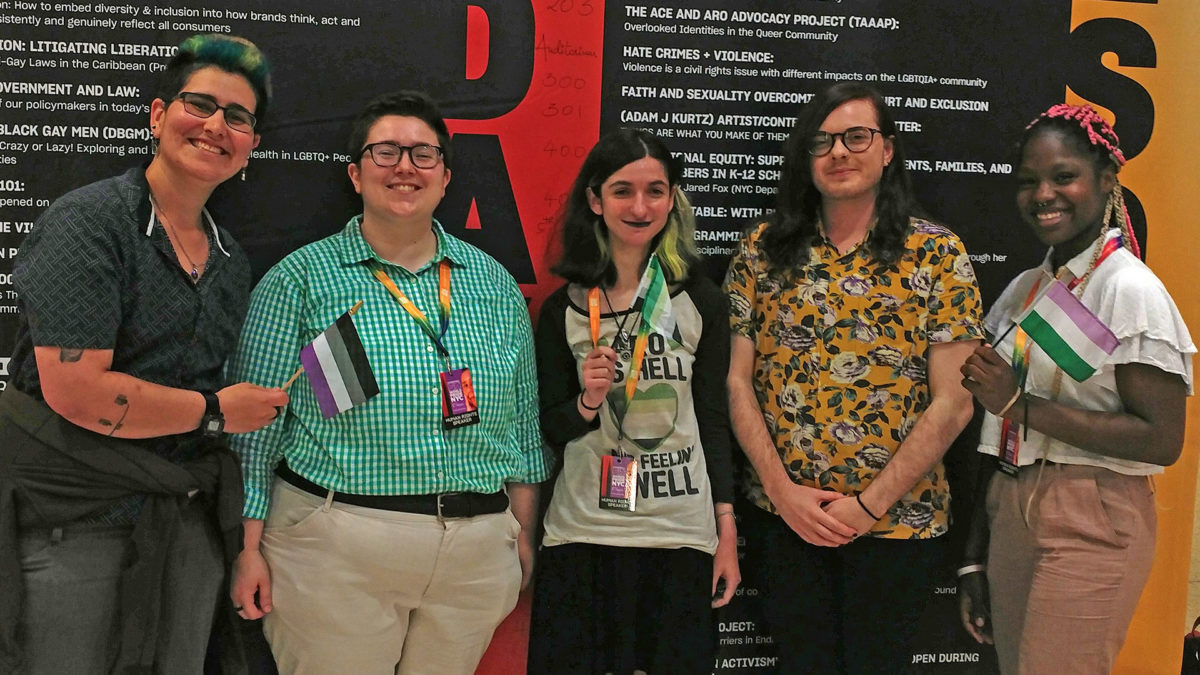The September TAAAP Pride Chat will focus on platonic attraction and its spectrum, including aplatonicism and its inclusion in the aro and ace communities. Some members of the ace and aro communities find the experience, or non-experience, of platonic attraction to be a defining part of their identities.
Continue reading “September TAAAP Pride Chats – Platonic Attraction”August 2020 Pride Chats – Education and Inclusivity in Schools
In honor of back-to-school for a great deal of the world (even if this year it’s mostly virtual and a little different than usual), the TAAAP Pride Chats’ topic for August will be sex education, inclusivity in schools, and education about aro and ace identities. We’re specifically focusing on what sex education should cover and how it can be improved, how aspec people can be included in school environments, and how to increase awareness and understanding of asexuality and aromanticism.
Continue reading “August 2020 Pride Chats – Education and Inclusivity in Schools”July 2020 Pride Chats – Neurodivergence, Disability, and Mental Health
Thank you to everyone who participated in the TAAAP Pride Chats and helped to make them a success! Due to popular demand, we will be continuing the Pride Chats on a monthly basis for the foreseeable future, with a different focus for each month.
Continue reading “July 2020 Pride Chats – Neurodivergence, Disability, and Mental Health”2018-2019 Year in Review
Pride 2019 Recap
TAAAP was thrilled to participate in a number of different pride events this June. Attending pride events and representing asexuality and aromanticism helps us to spread awareness of our identities and connect with the larger LGBTQ+ community.
Continue reading “Pride 2019 Recap”Overlooked Identities in the Queer Community: A Panel from the Human Rights Conference
Submission #1: The Relationship Between the Aro and Ace Communities
The following post is an anonymous submission to this month’s joint Carnival of Aros and Carnival of Aces event.
As someone who is both asexual and on the aromantic spectrum, I always felt some disconnection to the asexual community. My asexuality might be a part of who I am but my romantic orientation is what I keep thinking about.
My asexuality is simple to me, I don’t feel sexual attraction and I’m sex-indifferent and sometimes sex-positive. My romantic orientation is complicated, I don’t know the circumstances that cause me to be romantically attracted to someone, I don’t know what genders I’m attracted to, sometimes I’m repulsed by romance but most of the time just bored by it. I’ve known I’m ace since I heard the term for the first time while I’ve been using more labels for my romantic orientation than I can remember.
Well, I guess everyone got what I mean by now.
Continue reading “Submission #1: The Relationship Between the Aro and Ace Communities”Queering Relationships: Aromantic and Asexual Perspectives
Aromantic and asexual people often find that they “pick and choose” aspects of the significant relationships that they form. Developed by members of TAAAP for Creating Change 2019, this presentation reviews how aromantic and asexual people approach relationships and how all people can use these approaches to form fulfilling relationships without being tied to existing relationship models. This will help present new, practical approaches to consent and the gender and financial dynamics that are a part of any relationship.
Continue reading “Queering Relationships: Aromantic and Asexual Perspectives”Introducing: The Ace and Aro Advocacy Project
We have changed our name to reflect our evolving mission, and we appreciate your patience as we make our transition.
The Asexual Awareness Project was founded a little over a year ago by a handful of members of the Asexuals of the Mid-Atlantic. We wanted to do more to further ace advocacy goals by marching in Capital Pride and increasing the visibility of asexuality at Creating Change 2018. At the time, we weren’t quite able to predict how our mission would grow beyond those two goals.
Over the past year, our efforts have organically expanded to include aromanticism — and not just as a component of many aces’ identities. There are people who identify on the aromantic spectrum who are not also ace, as well as aces who find their aromanticism to be a more significant part of their identity than their asexuality. Ace-focused advocacy tends to leave these people behind. We want to explore aromanticism as the independent orientation it is, and eventually we realized that our old name was inadequate in representing this goal.
Continue reading “Introducing: The Ace and Aro Advocacy Project”

